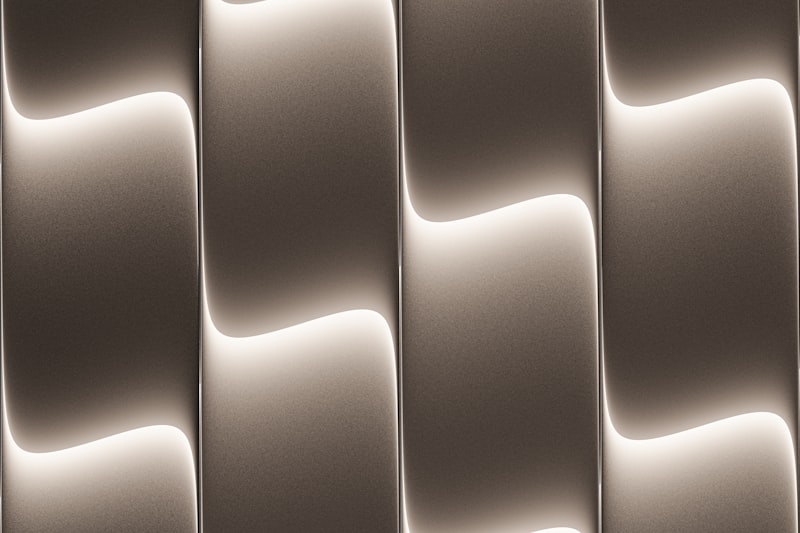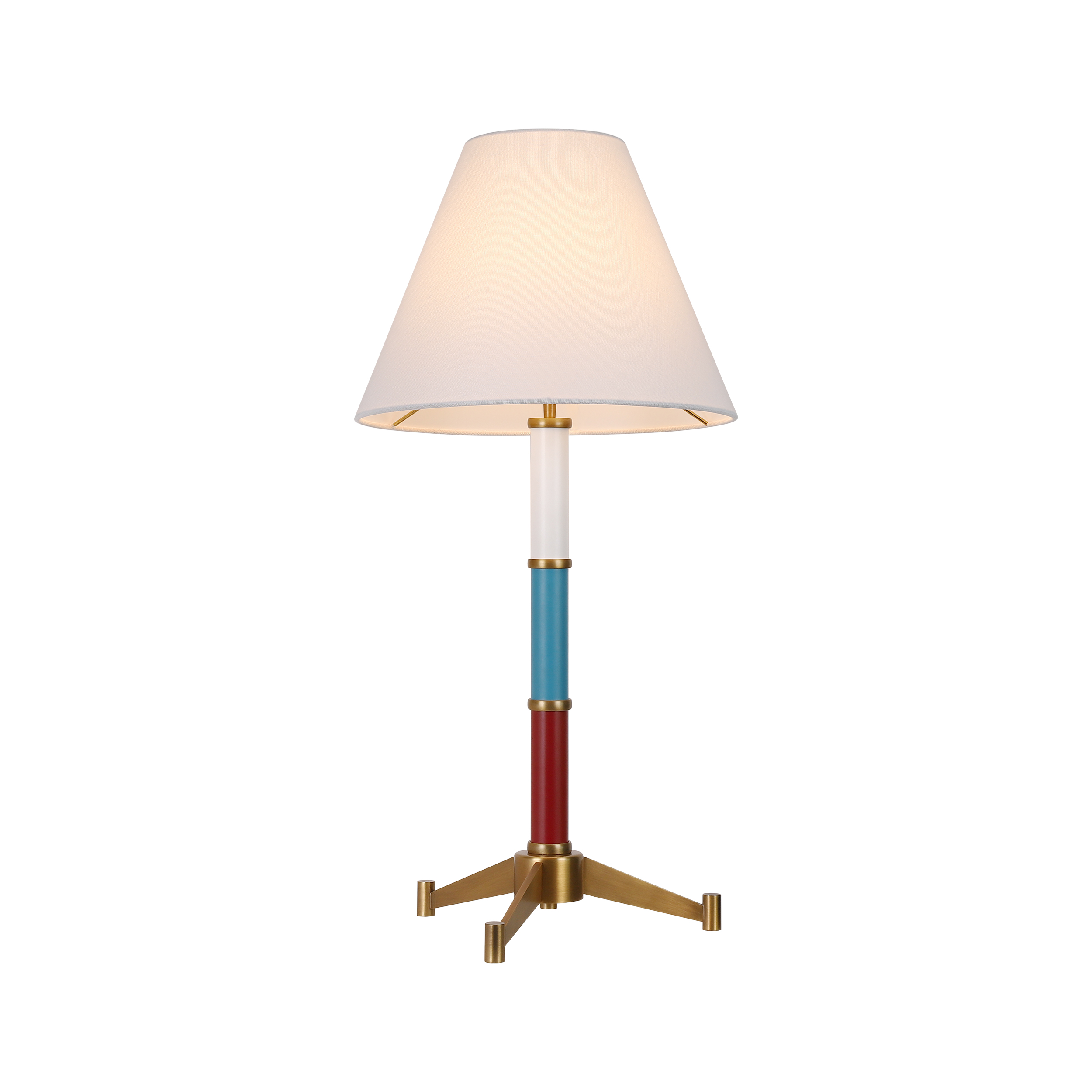Maximizing Your Home’s Ambiance with Recessed Lighting for Ceilings
Maximizing Your Home’s Ambiance with Recessed Lighting for Ceilings
Recessed lighting, often referred to as can lights or downlights, has become an essential element in modern home design. It adds warmth, style, and functionality to your ceilings while enhancing the overall ambiance of your living space. In this article, we will delve deep into the details about recessed lighting for ceilings, including its benefits, design ideas, installation tips, and frequently asked questions.
Understanding Recessed Lighting
Recessed lighting consists of fixtures that are installed in the ceiling, creating a streamlined look that does not obstruct the view of the room. This type of lighting can be used for a variety of purposes, including illuminating specific areas, providing general lighting, or highlighting decorative features in your home. The flexibility and versatility of recessed lighting have made it a popular choice among homeowners.
The Benefits of Recessed Lighting
One of the primary reasons homeowners opt for recessed lighting is its aesthetic appeal. However, it offers several other advantages:
- Space-Saving: Recessed lights can save space as they do not take up any physical room. This allows for more design flexibility and open space.
- Versatility: You can use recessed lighting in various rooms, from kitchens and living rooms to bathrooms and hallways.
- Enhanced Ambiance: The right placement and type of recessed lights can create an inviting atmosphere and improve the overall mood of a room.
- Energy Efficiency: Many modern recessed lighting solutions use LED bulbs, which consume less energy compared to traditional light fixtures.
Design Ideas for Recessed Lighting
Here are some creative ways to integrate recessed lighting into your home:
1. Kitchen Lighting
In the kitchen, recessed lighting can be used to illuminate work surfaces, such as countertops and islands. Layering the lighting with task lights can enhance functionality.
2. Living Room Ambiance
In the living room, consider using recessed lights to highlight artwork or architectural features. Placing them on a dimmer switch can help set the desired mood.
3. Bathroom Essentials
Recessed lighting in bathrooms can provide ample light while maintaining a sleek look. Make sure to use fixtures that are rated for damp locations.
A Comparative Table: Types of Recessed Lighting
| Type | Best For | Pros | Cons |
| LED Recessed Lights | Energy efficiency | Long lifespan, low heat output | Higher initial cost |
| Incandescent Recessed Lights | Warm light quality | Natural light feel | Higher energy consumption |
| Halogen Recessed Lights | Bright task lighting | Excellent color rendering | Heat production |
Installation Tips for Recessed Lighting
Installing recessed lighting can be a DIY project if you have some basic electrical knowledge. Here are some tips to guide you through the process:
- Plan Your Layout: Determine where you want your lights and how many you will need. Consider the purpose of the lighting in each area.
- Check Ceiling Structure: Make sure your ceiling can support the fixtures. Check for any existing wiring that may interfere.
- Choose the Right Trim: The trim affects both the Aesthetics and functionality. Choose one that suits your style and needs.
- Consider Dimming Options: Installing dimmer switches can enhance the flexibility of your lighting.

Frequently Asked Questions About Recessed Lighting
Q1: How far apart should recessed lights be installed?
A: A general rule of thumb is to space the lights about 4-6 feet apart, but this can vary depending on the brightness you need and the size of the room.
Q2: Can I use recessed lighting in a bathroom?
A: Yes, as long as you use fixtures that are rated for damp locations to ensure safety and durability.
Q3: How do I know what size trim to choose?
A: Trim sizes vary, commonly between 4 inches and 6 inches. The room's scale and your design preference will help dictate your choice.
Q4: Are recessed lights energy-efficient?
A: Yes, especially when you choose LED bulbs which offer significant energy savings and a longer lifespan than traditional incandescent bulbs.
Conclusion: Final Thoughts on Recessed Lighting for Ceilings
Incorporating recessed lighting for ceilings in your home is an effective way to enhance the ambiance, add value to your property, and improve functionality. Whether you are looking to highlight specific areas or create a warm and inviting atmosphere, recessed lights can fulfill these needs beautifully. Remember to plan your layout carefully, consider your lighting needs, and select the right fixtures for the best results.
As you explore your lighting options, keep in mind that recessed lighting should not only be aesthetically pleasing but also practical. With the right design and installation, recessed lighting can transform your ceilings and elevate the overall experience in your home.
